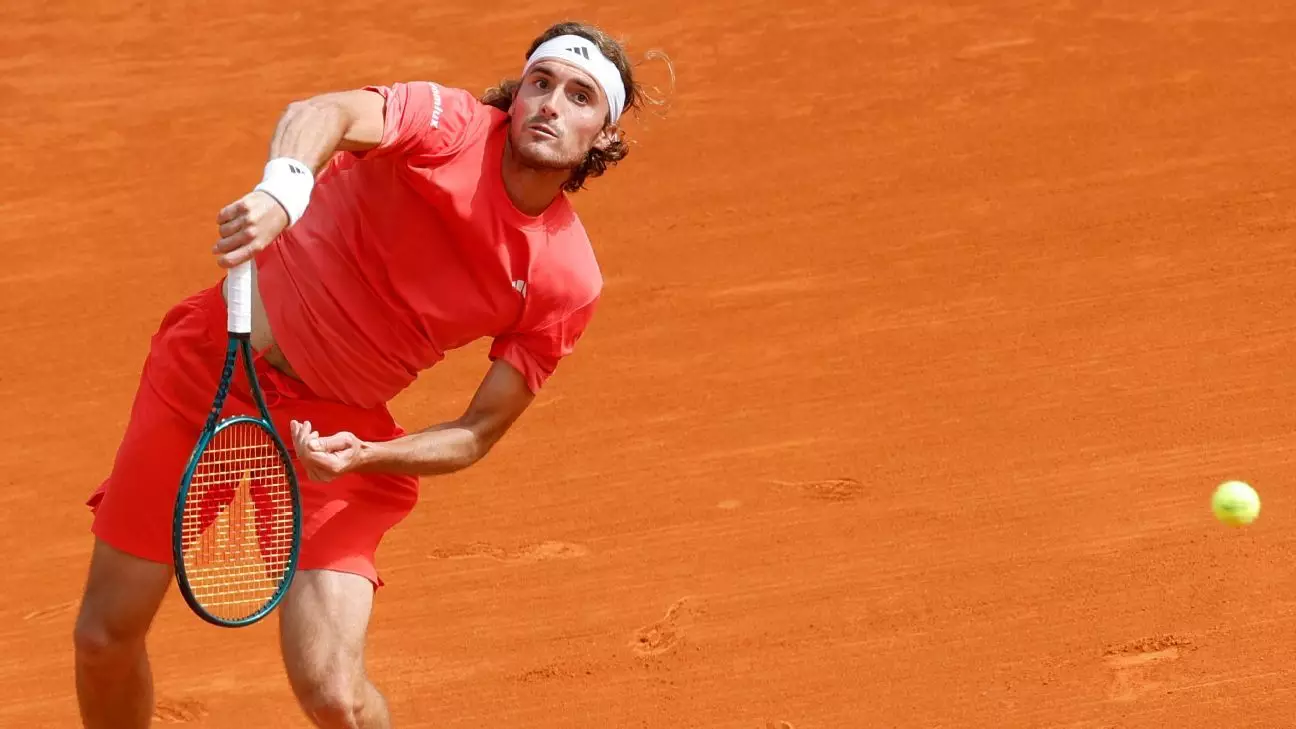The Monte Carlo Masters kicked off with two-time champion Stefanos Tsitsipas advancing to the second round after Laslo Djere of Serbia retired due to an injury during the second set. The 12th-seeded Tsitsipas was leading 6-3, 3-2 when his unseeded opponent had to pull out. While Tsitsipas’s victory was attributed to Djere’s injury, it would have been interesting to analyze Tsitsipas’s performance leading up to that point. Was Tsitsipas dominating the match, or was Djere putting up a tough fight before his injury?
Ninth-seeded Grigor Dimitrov had little trouble beating local player Valentin Vacherot of Monaco, with a 7-5, 6-2 win. Dimitrov targeted his opponent’s weaker backhand to secure the victory. However, the analysis of Dimitrov’s performance lacks depth. What specific strategies did Dimitrov employ to exploit Vacherot’s weaknesses? How did Dimitrov adjust his game plan during the match? Providing more detailed insights into Dimitrov’s gameplay would enhance the analysis.
Canadian player Felix Auger-Aliassime showcased a strong performance, defeating Italian qualifier Luca Nardi 6-2, 6-3. Auger-Aliassime’s upcoming match against third-seeded Carlos Alcaraz was highlighted as a potential challenge. While the article mentions Auger-Aliassime’s positive career record against Alcaraz, a deeper analysis of their previous encounters could provide valuable insights into their upcoming clash. Additionally, exploring Auger-Aliassime’s playing style and strengths would paint a more comprehensive picture of his capabilities.
The article touches upon various other matches and outcomes, such as Ugo Humbert’s comeback win, Karen Khachanov’s victory with multiple breaks of serve, and Sebastian Ofner’s upcoming match against Alexander Zverev. While these snippets provide a brief overview of the matches, a more detailed analysis of the gameplay, key moments, and player performances would offer readers a more engaging narrative. Delving into the strategies employed by players, their strengths and weaknesses, and the implications of these results on the tournament’s progression would enrich the analysis.
The upcoming matches involving top players like Novak Djokovic, Rafael Nadal’s absence due to injury, and the rise of Jannik Sinner as a formidable opponent are briefly mentioned towards the end of the article. However, a deeper exploration of the tournament’s trajectory, potential matchups in the later rounds, and the implications of key players’ performances on their overall rankings and form would provide a more comprehensive analysis of the Monte Carlo Masters. Understanding the dynamics of the tournament, players to watch out for, and potential upsets could add depth to the coverage.
While the article provides a summary of the Monte Carlo Masters’ initial matches and key highlights, a more critical and in-depth analysis of player performances, match strategies, and tournament developments would elevate the coverage and engage readers on a deeper level. By delving into the intricacies of each match, player dynamics, and the evolving narrative of the tournament, a more compelling story of the Monte Carlo Masters could be told to enthusiasts and fans of the sport.


Leave a Reply